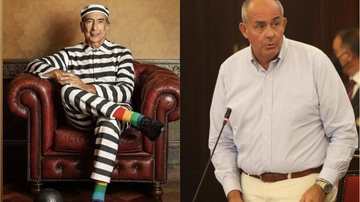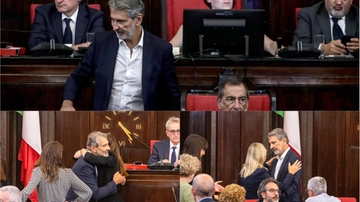The student housing business in Milan and the National Recovery and Resilience Plan (PNRR) cake. Between "flexible" rules, public interest, and private funds, the Monti government had already warned.

Milan, July 22, 2025 – Building higher would have been "arbitrarily" recognized by municipal offices as being in the "public interest" of university student housing in a city starved of housing, which resulted in an "absolutely disproportionate economic advantage to the private sector." This requirement was the basis of the subsidized building permit, requested on behalf of the Green Stone company by the designer Paolo Mazzoleni (Councillor for Urban Planning in Turin and under investigation in several inquiries by the Milan Prosecutor's Office ), which would have allowed the builder to obtain "additional bonus volumes, virtual demolitions of volumes moved into the courtyard," resulting in a 13-story tower and a 7-story building, between Via Lepontina and Via Valtellina , seized last year by the Guardia di Finanza. To stay in the student residence at Via Lepontina 4, guests pay 760 euros a month for a single room, which drops to 690 euros, with a substantial income for the manager. The property is sold out.
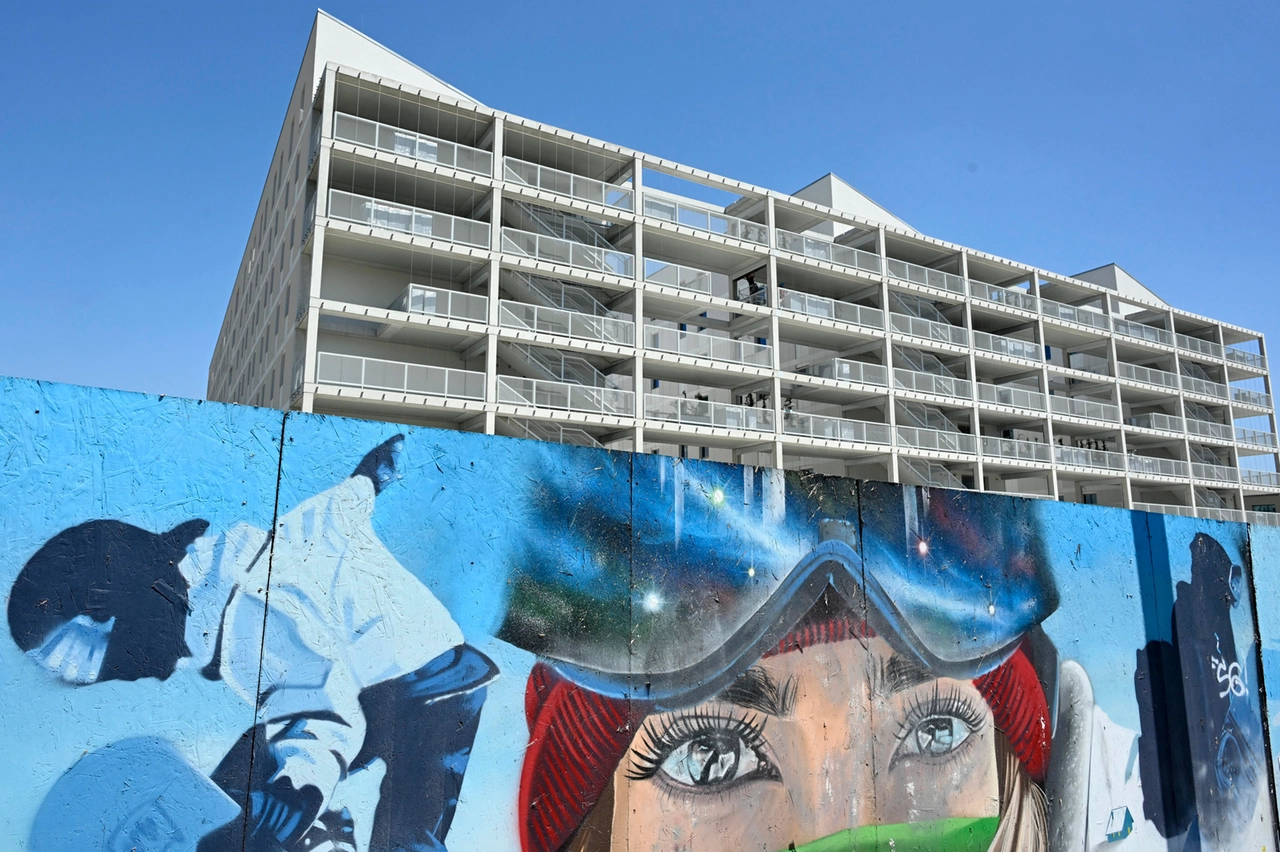
The Olympic Village in the former Porta Romana railway station, developed by Coima, is a future student residence that will house 1,700 university students once the 2026 Winter Games are over: 450 places at a regulated rate of €430 plus monthly expenses for a double room, with the remainder available on the open market at an average cost of approximately €650 per month . This facility has already been pre-qualified by the Ministry of Universities and Research as a suitable student residence according to the requirements of the public tender of February 26, 2024, which, in implementation of the National Recovery and Resilience Plan (NRRP), aims to create 60,000 beds by 2026.
The “red light” of 2013These are just two of the structures under scrutiny by prosecutors Marina Petruzzella, Paolo Filippini, and Mauro Clerici, who, while upending urban planning in recent years, have also scrutinized the business of private student housing that has sprung up across the city, also at the center of the PNRR controversy. These profitable operations are based on a recognition of the public utility of the service. Already in 2013, a national report by the Monti government raised a warning highlighting " the risks of corruption associated with the spread of so-called premium techniques, resulting from the possibility of granting building rights a financial value disproportionate to the actual financial commitment required of the private individual, based on their contribution to achieving public interests."
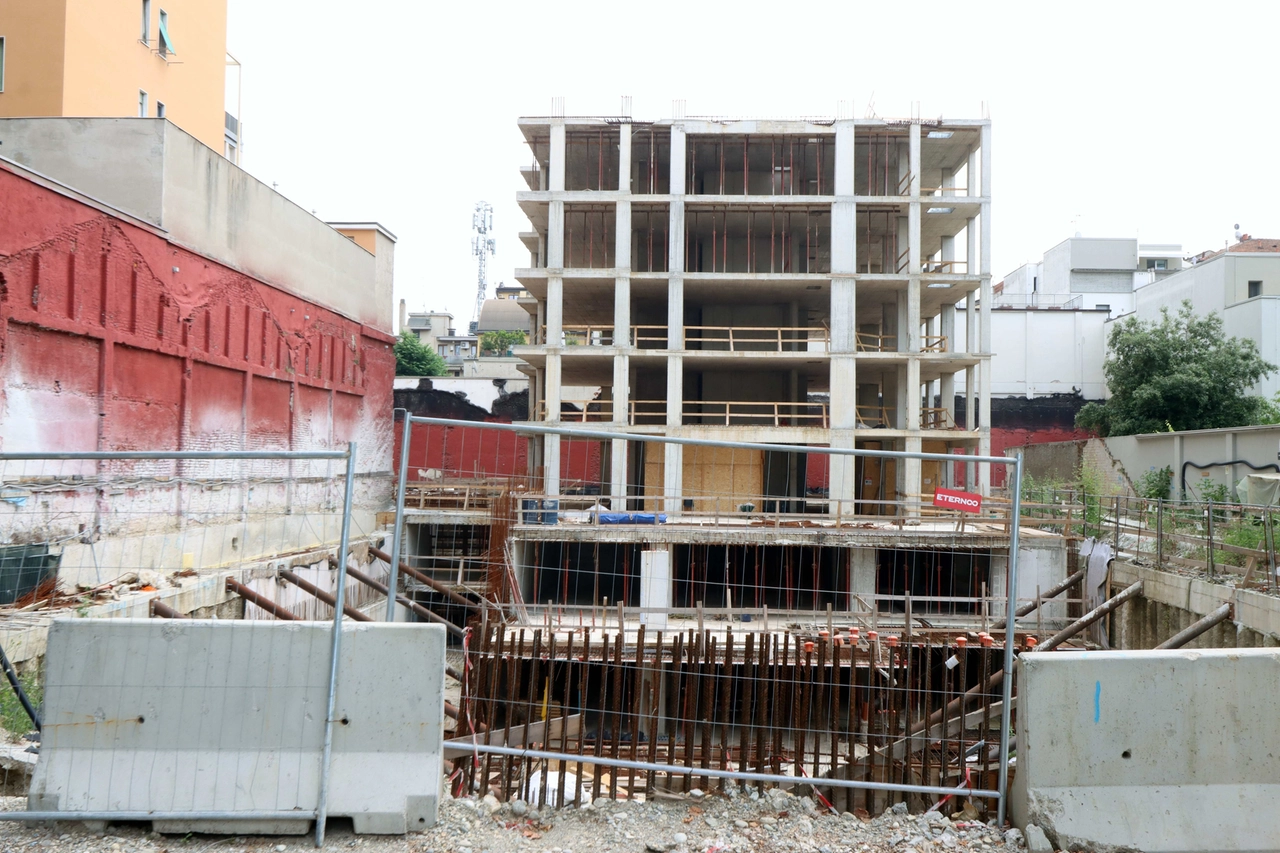
Translated , the risk of an imbalance in favor of the private sector and maneuvers to manipulate procedures. A Milanese system of major works based on "hidden variants" in derogation of the PGT regulations , the prosecutors highlight in a brief filed with the documents, with "a very numerous set of program agreements in variants concluded and implemented even in the administrative phase." Regarding the Olympic Village -future student housing, the prosecutors went back in time, to 2017. That year, the program agreement on the railway yards was signed between the Municipality, the Region, FS , and other companies, covering an area of approximately 1.2 million square meters. In that document, the prosecutors found the first irregularities, concluding that in the areas of the Porta Romana Railway Yard, "the works relating to the southwest quadrant of the Olympic Village appear to have been authorized with a building permit without a prior implementation plan."
AssignmentsReturning to the 2017 program agreement, individuals now at the center of the investigation emerge. Coima founder Manfredi Catella entrusted a project to architect Alessandra Scandurra , who hid her conflict of interest in the landscape commission. J+S, led by Federico Pella, partner of Giuseppe Marinoni (both risk prison), was also involved in the Santa Giulia Arena.
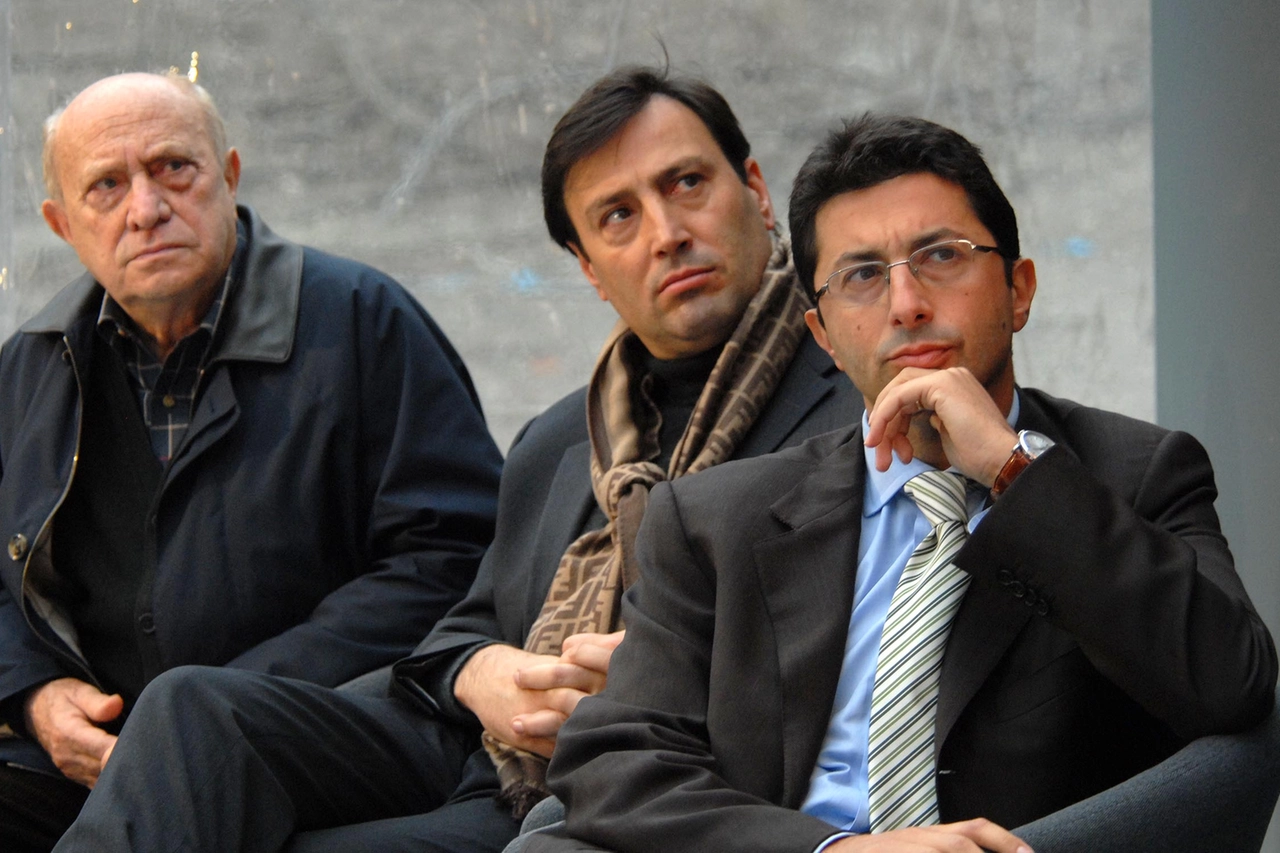
These names resurface even further back in time, to 2009, when the first landscape commission was established, replacing the building commission. At the time, Letizia Moratti was mayor, and Carlo Masseroli (not under investigation) was the urban planning councilor, who appears repeatedly in chats. That working group included Marinoni, the multiple-investigated Mazzoleni, and Patricia Viel. Eleven names who, despite the requirements of regional law, according to prosecutors, had not distinguished themselves in their past "for interventions to protect the landscape and the environment."
First consequencesMeanwhile, the effects of the judicial upheaval have already been felt: Redo Sgr (a company not under investigation) has withdrawn from three projects already approved for funding by the Ministry of Education, University and Research (MIUR) with NRRP resources: student residences in Rogoredo, Greco Breda, and San Leonardo, for a total of 1,530 places. The company has informed the ministry that it is unable to sign the required documents due to delays in issuing permits, partly as a result of the inability to implement urban planning exemptions.
Il Giorno

